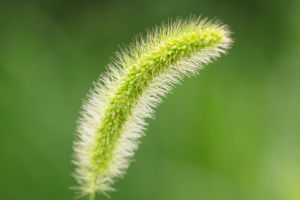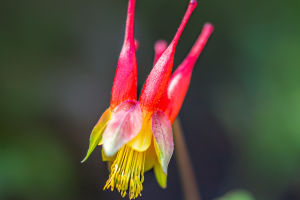Tulips are iconic spring flowers that need consistent care throughout the year to ensure healthy blooms and vibrant displays season after season.
By following specific care techniques, it’s possible to grow tulips that thrive in your garden, offering beauty year after year.
This season-by-season guide provides valuable insights on how to nurture your tulips for optimal results!
1. Fall Planting: Preparing for Spring
Choosing the Right Planting Location and Soil
When planting tulip bulbs in the fall, it’s essential to select a location with well-draining soil. Tulips thrive in full sun, so choose a spot that receives at least six hours of sunlight a day. If your soil is heavy or clay-based, improve drainage by adding compost or sand before planting.
Planting Depth and Spacing Tips
Tulip bulbs should be planted 6 to 8 inches deep to ensure they establish a strong root system. Space the bulbs 4 to 6 inches apart to give them room to grow without overcrowding. This will help promote healthier blooms when the flowers eventually appear.
2. Winter Protection: Shielding Bulbs from the Cold
Dealing with Excess Moisture and Frost
During winter, tulips are dormant but still vulnerable to excess moisture. If you live in a wet climate, raised beds or well-draining soil will prevent bulbs from sitting in waterlogged conditions, which could cause them to rot. Consider using a protective mulch layer to keep the bulbs insulated from freezing temperatures.
Using Mulch for Temperature Control
A thick layer of mulch acts as insulation for the bulbs. It helps prevent the soil from freezing and thawing too quickly, which can harm the bulbs. Apply mulch after the first frost and ensure it is removed when the weather warms up to allow the soil to breathe.
3. Spring Growth: Encouraging Strong Blooms
Watering and Fertilizing for Healthy Growth
In the spring, as the soil begins to warm up, tulips start sprouting. Water regularly, ensuring the soil is moist but not waterlogged. Apply a balanced, slow-release fertilizer with phosphorus to encourage strong root and stem development, ensuring that the bulbs have enough nutrients for the upcoming blooms.
Pest and Disease Management
Keep an eye out for pests like aphids and slugs, which can damage tulips. If you notice any signs of infestation, consider using organic pest control methods such as insecticidal soap or neem oil. Additionally, remove any affected foliage to prevent the spread of disease.
4. Post-Bloom Care: Helping Tulips Recharge
Letting the Foliage Mature
After the tulips bloom, it’s vital to let the leaves mature and naturally die back. The leaves collect energy through photosynthesis, which helps the bulb prepare for the following year’s growth. Don’t cut the foliage until it has completely yellowed and withered.
Deadheading to Promote Energy Focus
Deadheading the spent flowers prevents the tulips from wasting energy producing seeds. This allows the plant to direct its energy into the bulb, strengthening it for the next season’s growth. It also improves the overall appearance of the plant.
5. Summer Dormancy: Storing Bulbs for the Future
Digging Up Bulbs for Storage
Once the foliage has died back, carefully dig up the tulip bulbs. Be gentle, as they can be fragile. Clean the bulbs by brushing off excess soil, and let them dry out for several days in a cool, dry place. This will help prevent rot during storage.
Storage Conditions for Healthy Bulbs
Store the bulbs in a cool, dry location away from direct sunlight. Use mesh bags or cardboard boxes to keep them well-ventilated. A temperature range of 60 to 65°F (15 to 18°C) is ideal for preserving the bulbs until it's time to replant them in the fall.
6. Tulip Varieties for Year-Round Beauty
Selecting Early, Mid, and Late-Blooming Varieties
To extend the beauty of your tulips throughout the spring, plant a mix of early, mid, and late-blooming varieties. Early bloomers, like the "Early Spring" tulips, will appear as early as February, while mid-season tulips like "Triumph" will fill your garden with color in April. Late bloomers such as "Parrot" tulips will continue blooming into late May.
Choosing Varieties Based on Climate
Certain tulip varieties are better suited to specific climates. For colder regions, opt for varieties that are more resilient to frost, such as "Darwin Hybrid" tulips. Warmer climates may benefit from species like "Botanical Tulips," which thrive in slightly milder temperatures.
Lykkers, caring for tulips involves a bit of effort throughout the year, but the rewards are worth it. From fall planting to spring bloom and even summer dormancy, taking care of your tulips ensures a beautiful garden year after year. Follow these simple yet essential steps, and your tulips will bring joy and color to your home every season. Happy gardening!
12 Things I Wish I Knew Before Planting My Tulips 🌷 Get Them To Bloom Again & Best Time to Plant
Video by Bobbio Studio


